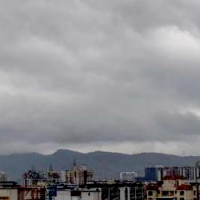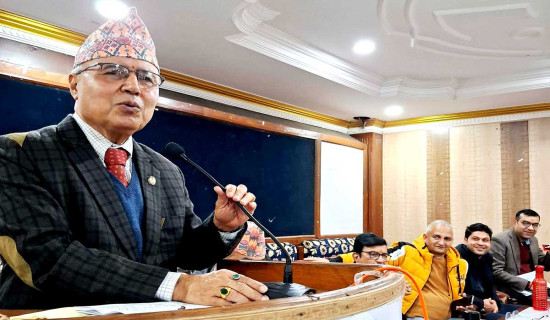- Monday, 8 December 2025
Dhankuta losing its iconic Jhingati houses
By Kabiraj Ghimire,Hile, Mar. 19: Bijay Shekhar Shrestha of Siran, Dhankuta Municipality–6, recently replaced the Jhingati tiles of his house's roof with Unplasticised Polyvinyl Chloride (UPVC) sheets. But he did not want to.
He wished to maintain his traditional Jhingati roof, which he felt was part of the art and culture of his ancestors. But he could neither find the needed tiles nor the craftsmen. "I looked all around but did not find them," Shrestha said. "So I had to use UPVC," he lamented.
Dhankuta's traditional brick houses with Jhingati roofs were once famous all over the district. However, in recent times, these houses, as well as the artistic doors and windows and the exquisitely carved woodworks they featured, have been vanishing in the name of modernity. And this worries the locals because these houses reflected the history of the city of Dhankuta.
The area within today's municipality was settled around 400 years ago. And the rich and powerful among the settlers brought artisans from the Kathmandu Valley and built houses that emulated the architecture of the Malla-era cities of Kantipur, Patan, Bhaktapur and Nala.
These houses remained a proud symbol of affluence for centuries. But, from the 1960s, they began to be demolished in favour of concrete houses. Even the buildings that retained their mediaeval form removed the Jhingati tiles from their roofs and replaced them with corrugated zinc sheets. "Dhankuta was once identified by its Jhingati roofed houses. But now, only a handful remain," grieved cultural activist and sculptor Shree Krishna Joshi.
Municipality denizens want the local government to do something to preserve the houses which inform future generations of Dhankuta's past.



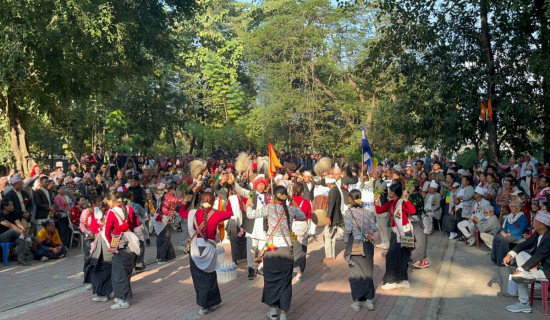
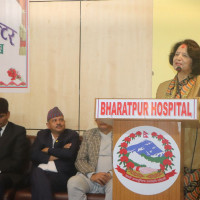

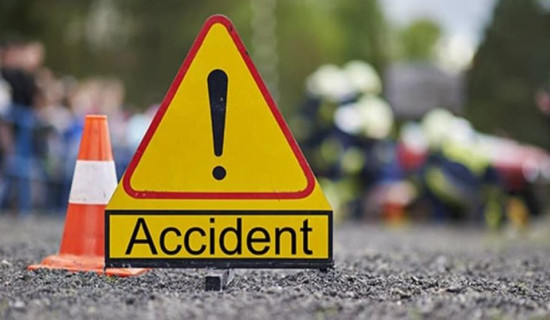
-square-thumb.jpg)
